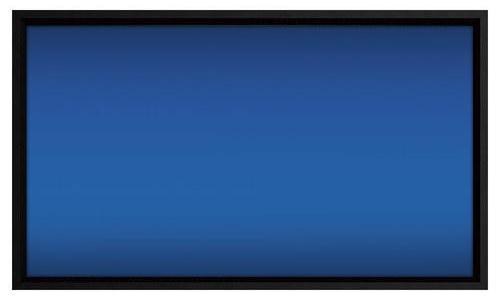What Type of Projection Screen Should I Buy?

Q I’m planning on buying an Epson 5030UB projector. My sofa will be 14.5 feet from the screen. The room has controllable dimmers, and there will be some room light when I watch games. What screen size and type would you recommend? — Lou Gutierrez / via e-mail
A With a 1080p resolution projector such as the Epson 5030UB, a 110-inch-diagonal screen would be a good option given your 14.5-foot seating distance. When viewing from that distance with a screen that size, you should be able to appreciate full detail level without detecting any pixel structure in projected 1080p images.
However, since you plan on watching sporting events in a room that’s not completely dark, you should consider using a screen material designed to provide some ambient light resistance. A few good options in this case would be Stewart Filmscreen’s FireHawk G4 or Cima Tiburon G2, or Screen Innovations’ Black Diamond. Each of these materials is designed to boost brightness and/or contrast to a degree. You'll also find ambient light-rejecting screens from brands including Elite, Da-Lite, Vutec, and Seymour Screen Excellence , among others.
The downside? Compared with a white screen with unity gain, there will be some consistency tradeoffs—the picture won’t look as bright from far off-center seats as it will when viewed straight on.
Also see Top Projection Screen Picks.
























































